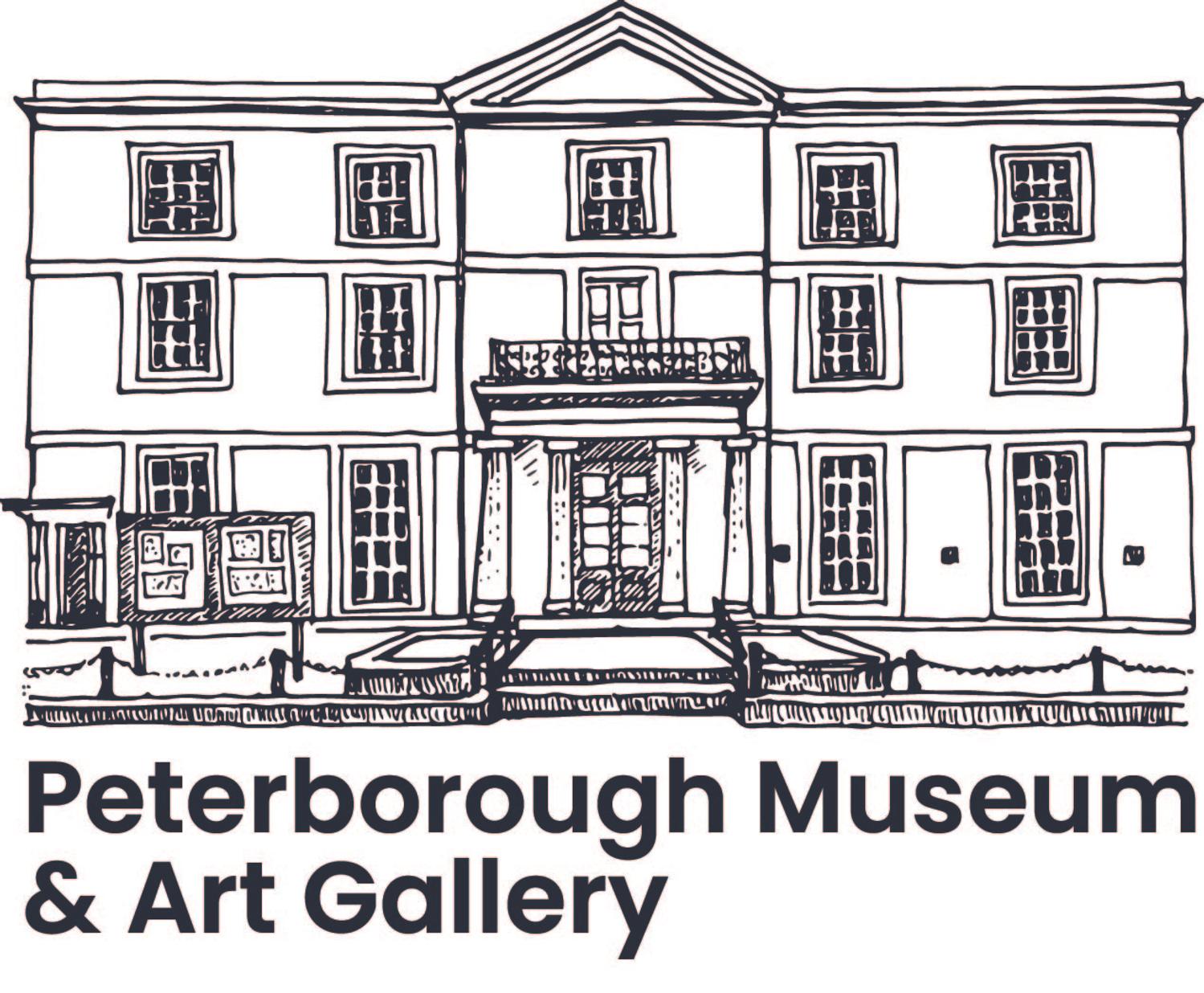Peterborough at War
Tuesday 28 November 2023
Peterborough during the Second World War 1939 - 1945
World War 2 In Peterborough
The Town played a vital role with industry, airfields and a major railway centre. The flat landscape meant there were many airfields including RAF Peterborough, Westwood, which was a major RAF training centre.
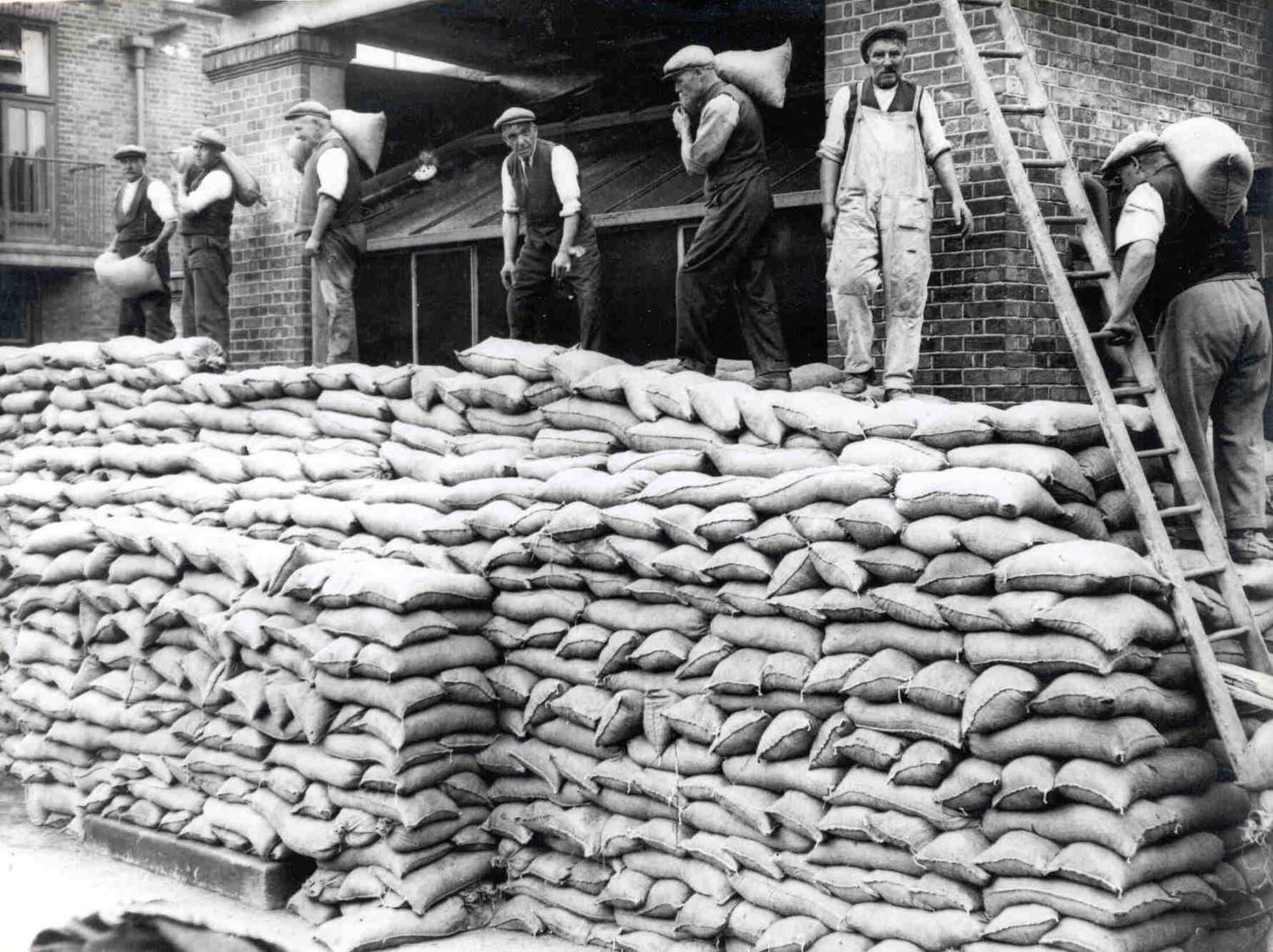
Local people volunteered for Military Service but those in ‘reserved occupations’ (jobs important to the war effort), were not conscripted but often spent their spare time in Civil Defence e.g. Home Guard and Auxiliary Fire Service. Businesses set up their own firewatchers while first-aiders and plane spotters were essential. National Service became compulsory for unmarried women aged between 20 and 30, then up to 50 in 1943, unless they had children under 14. Many joined the various women’s forces and nurses were attached to all the Services.
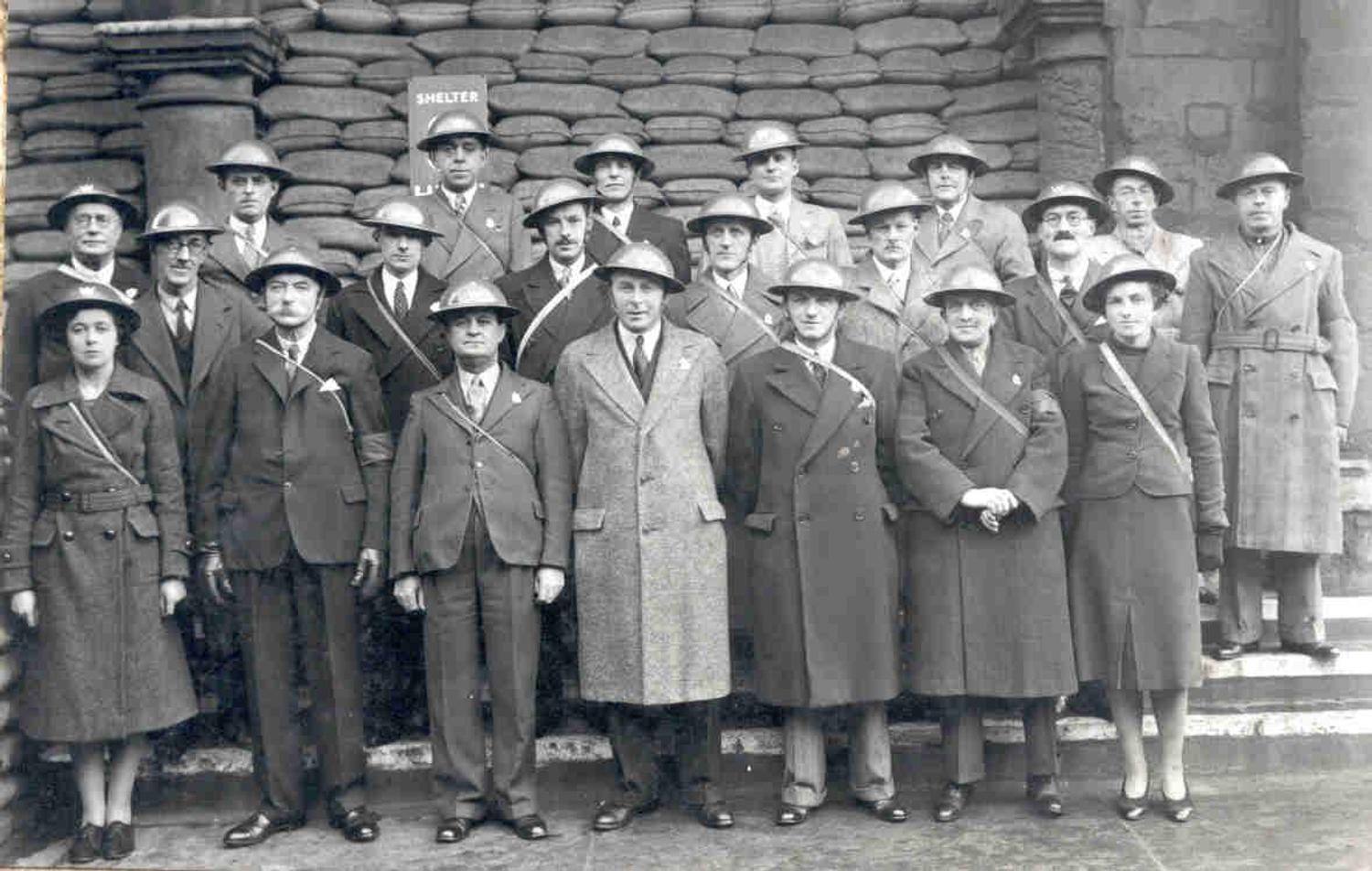
Women worked in factories making war machines, ammunition, clothing or parachutes. Engineering industries such as Perkins Engines and Baker Perkins switched to wartime production supplying engines, guns, torpedoes and manufacturing machinery.
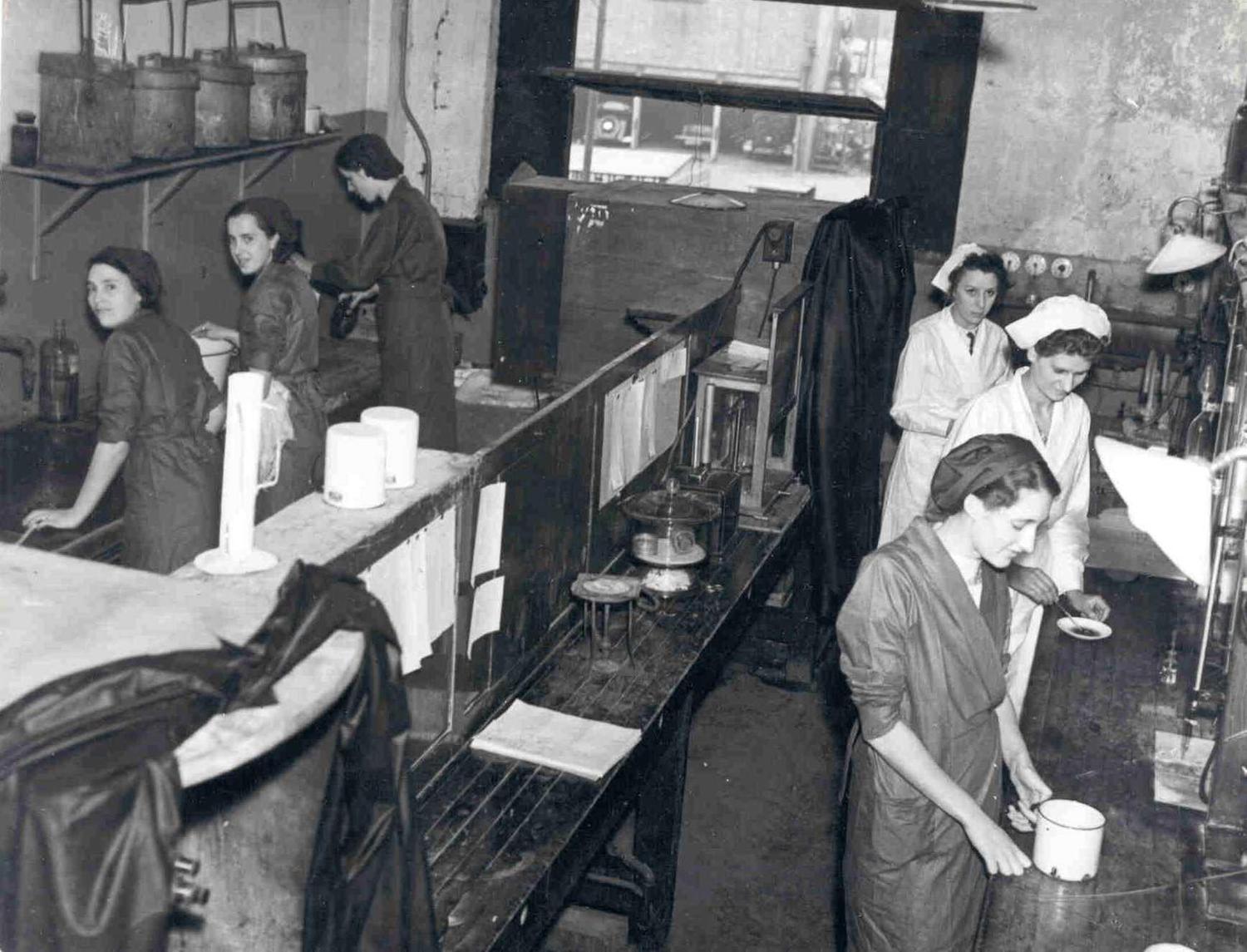
Amidst this, dancing at local hotels and cinema-going were popular and there were several cinemas, showing films three times a day. Foreign servicemen became familiar sights on the street. They included including Americans, French and Poles, many of the latter remaining in the city at the end of the war.
Peterborough was not a prime target for bombs, so the city received 1496 London evacuees. Brick air raid shelters were built in the city centre. There were 644 Air Raid Alert warnings and with bombs hitting Bridge Street, Cowgate, Park Street, London Road, and the Lido to name a few. Peterborough Cathedral was also hit by incendiary bombs, but damage was limited by the quick reaction of the fire-watchers. Raids of high explosive and incendiary bombs continued to 1942.
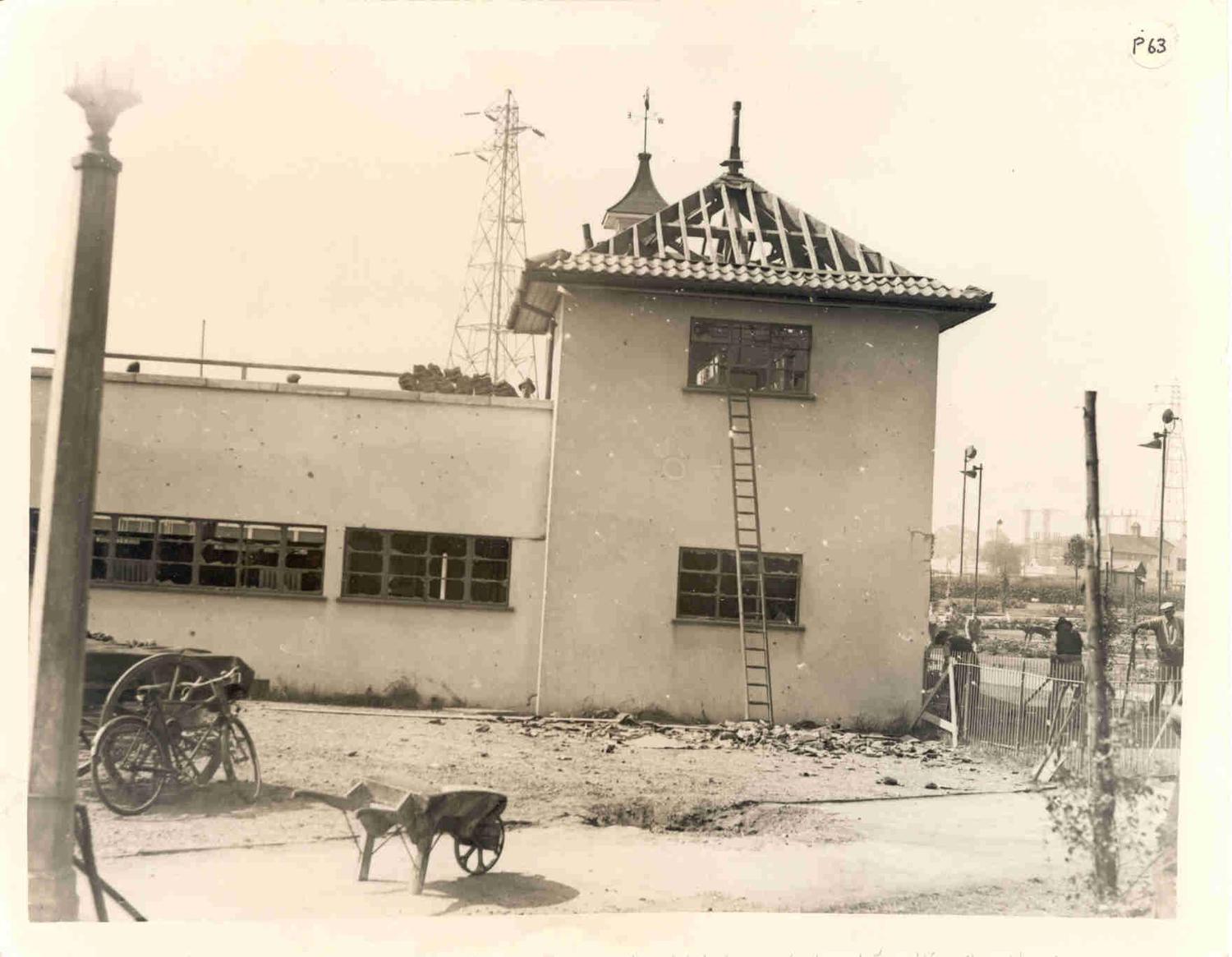
Outbreak of the Second World War 1939
The Second World War (WWII) was a war that lasted from 1st September 1939 to 2nd September 1945 ( though there were related conflicts which began earlier and some that went on later). The vast majority of the world's countries were involved and eventually formed two opposing military alliances: the Allies and the Axis. The major participants threw their entire economic, industrial, and scientific capabilities behind the war effort.
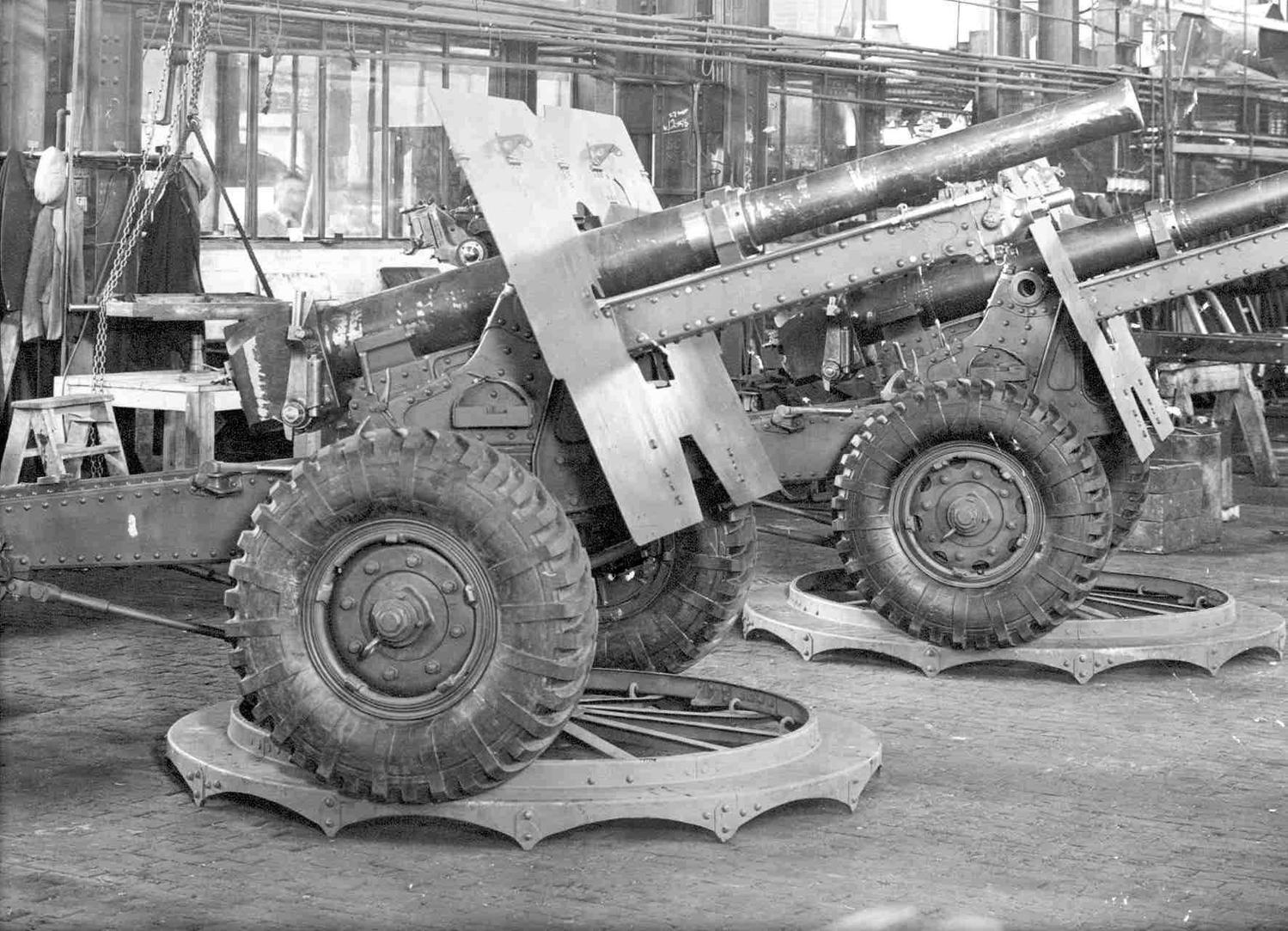
World War II was the deadliest conflict in human history, marked by 50 to 85 million fatalities. It included the genocide of the Holocaust, bombing that destroyed towns and cities, massacres of soldiers and civilians, starvation and disease for millions and ultimately the first use of nuclear weapons.
The Allies: In 1939 the Allies consisted of Poland, France, the United Kingdom and dependent states, for example British India, and the independent Dominions of the British Commonwealth: Australia, Canada, New Zealand and South Africa.
In 1940 they were joined by the Netherlands, Belgium, Greece and Yugoslavia (after the German invasion of North Europe).

In June 1941 the Soviet Union joined after being invaded and in December 1941 the United States joined after the Japanese attack on Pearl Harbour (though they had been providing materials before this). The Chinese had been in a prolonged war with Japan since 1937 but officially joined the allies in 1941.
In 1945, the Allied nations became the basis of the United Nations.
The Axis: The Axis consisted of Germany, Italy and Japan. The Axis members agreed on their opposition to the Allies but cooperation and coordination of their activity was not great.
Start of the Battle of Britain July 1940
The Battle of Britain was a major air campaign fought over southern England in the summer and autumn of 1940. Germany aimed to invade Britain but in order to do so they had to secure control of the skies over Southern Britain and remove the treat of the Royal Air Force (RAF), this they failed to do. The battle for control lasted from July 1940 until October 1940 and airfields around Peterborough were much involved.
The men of the RAF who fought were named 'The Few' by Winston Churchill. They numbered nearly 3,000 and while most of the pilots were British, Fighter Command was an international force, men came from all over the Commonwealth and occupied Europe, from New Zealand, Australia, Canada, South Africa, Rhodesia (now Zimbabwe), Belgium, France, Poland and Czechoslovakia. There were even some pilots from the neutral United States and Ireland.
Air Raid Causes Loss of Life May 1941
On the night of the 10th of May 1941 Britain experienced the heaviest night of bombing of the entire Blitz. Peterborough got off lightly compared to other cities, but bombs did fall. Some hit close to the Museum in Cross Street causing severe damage to buildings, though the museum escaped with just shattered windows. After the 'All Clear' two fire officers entered a severely damaged building to see if anyone was trapped but unfortunately an unexploded incendiary device went off while they were inside killing them both. They were killed trying to help others.
Although Peterborough was not a major target of air raids, the cities railway, industrial areas and even the Cathedral would make it a target. The photographs below show a small glimpse into some of the damage suffered during the war.
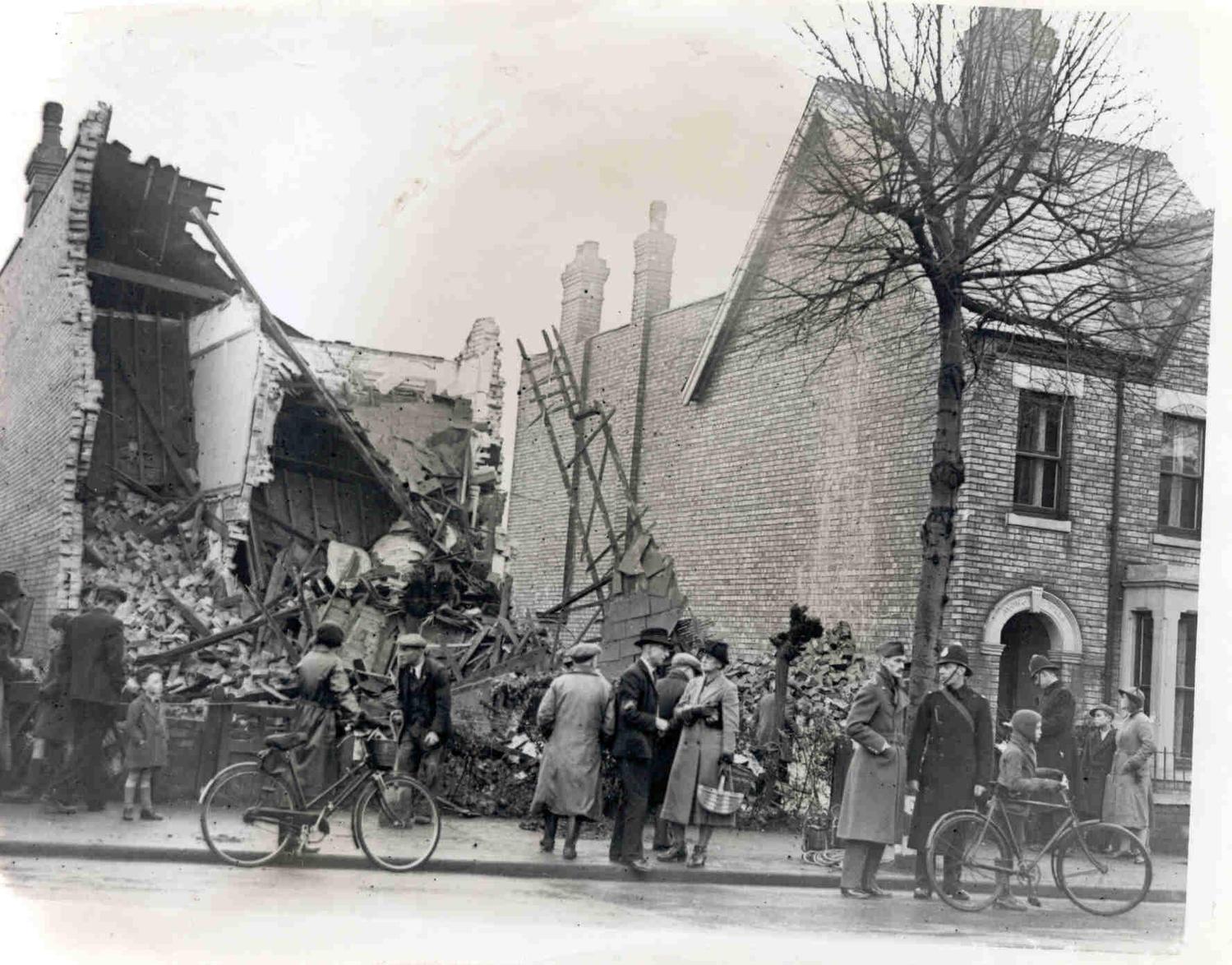
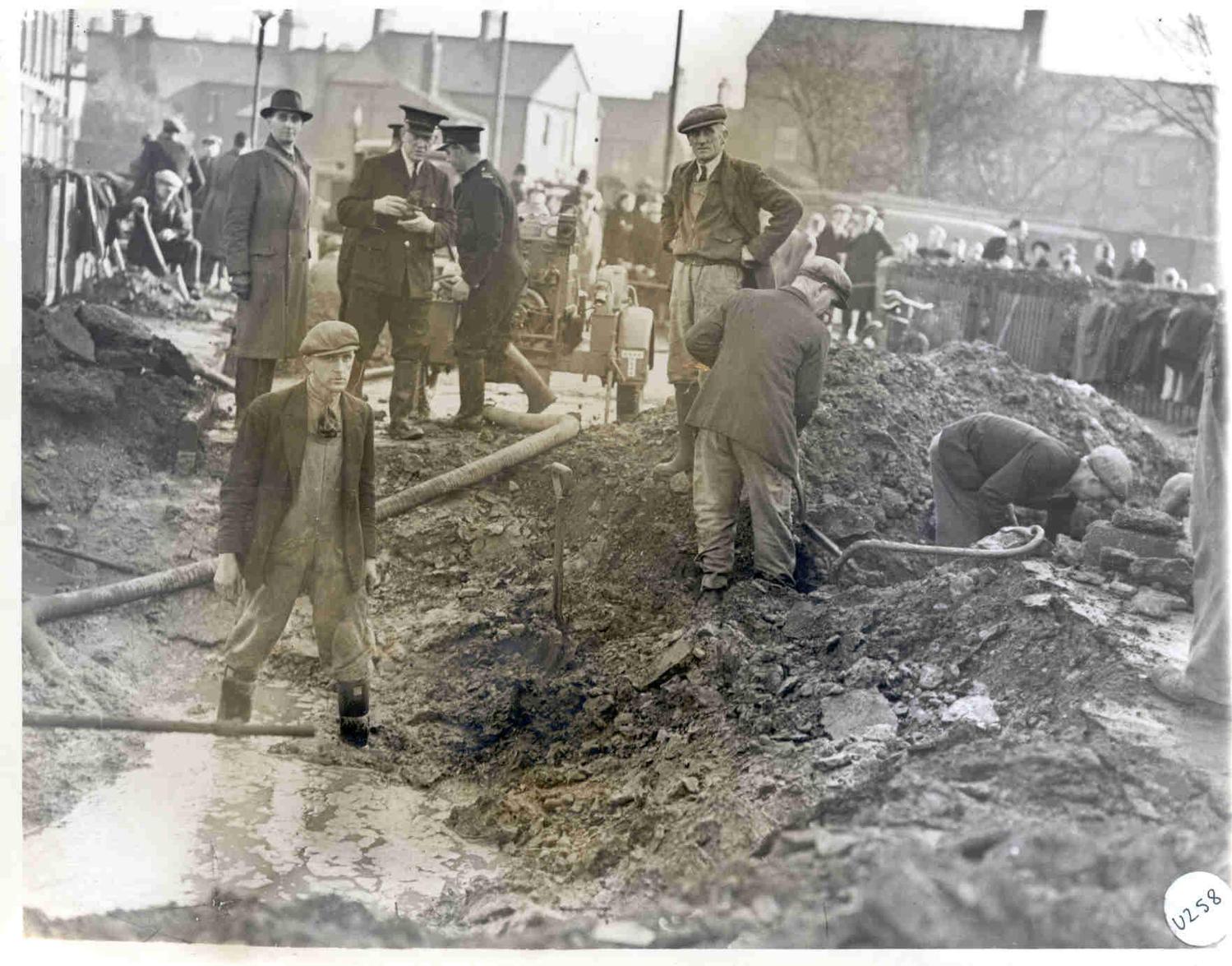
Sinking of Peterborough's Submarine June 1942
During Warship Week at the end of 1941, Peterborough citizens “subscribed pounds & pennies" to buy the submarine HMS Olympus (at a cost of £425,000). Unfortunately, as reported in the Peterborough Advertiser she was sunk in June 1942. She had hit a mine field whist slipping out of Malta under cover of darkness. Of the 98 men on board only 9 survived.
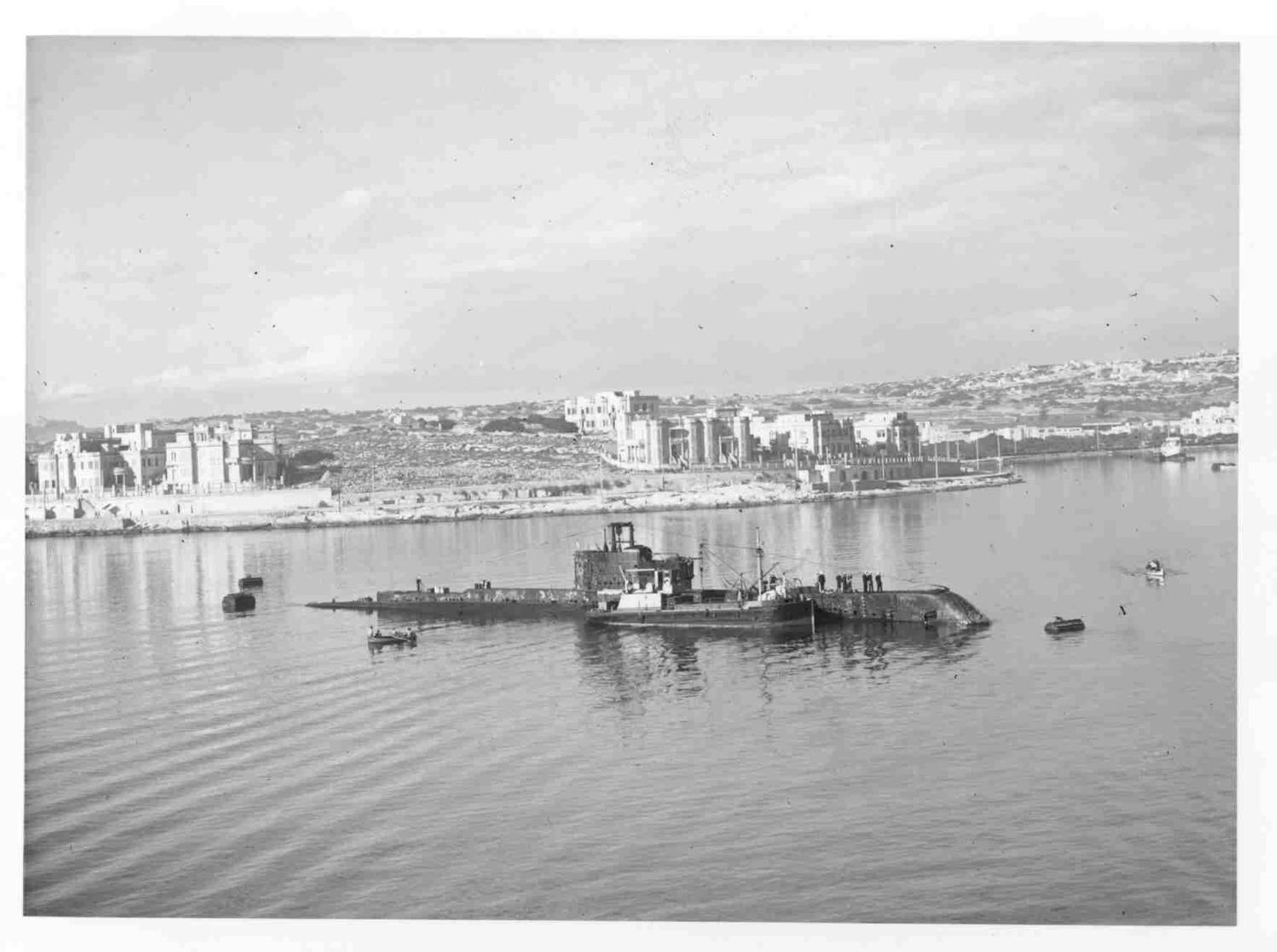
Peterborough’s War Savings Committee reported that a commemorative plaque had been received from the Admiralty. It was to be displayed on the staircase hall of the Town Hall where it was to be “hung and forever honoured in memory of the men who died.”
Peterborough’s War Saving Committee was collecting £20,000 a week. Following the sinking the call was to “double this and hit back at the enemy at once.”
A week later the paper was advertising that the Admiralty had allocated submarine P512 for adoption by the City in place of HMS Olympus. A letter from the Commander Lieut. J C Ogle had been received thanking the city for the books which were sent for the comfort of the crew.
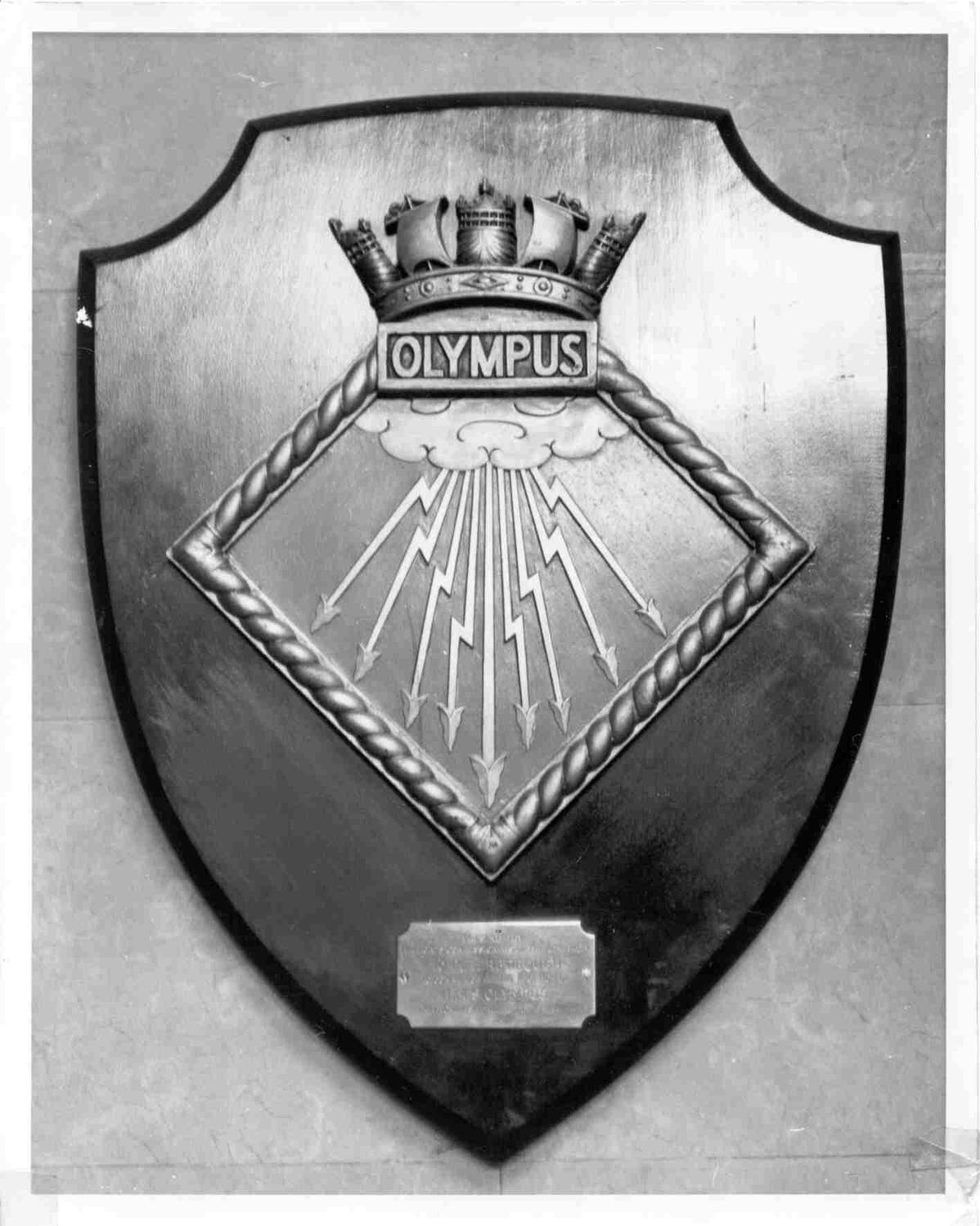
The exact location of the wreck of the HMS Olympus was not known until late 2011. In May 2017 The Peterborough Telegraph reported that “a plaque was placed at the bottom of the sea where Olympus still rests, and the shore near where it sank.” Mayor David Sanders is encouraging Peterborough residents to get involved in raising money for a memorial.
The Cathedral is Bombed! August 1942
At the outbreak of World War II Peterborough Cathedral published its procedures for when an air raid siren went off during a service. The service would pause, the organist would play a hymn whilst those who needed to leave to attend to their duties could do so. Then after a few minutes, the service would resume. The Cathedral escaped major damage thanks to the vigilance of its firewatchers.
For instance, on 10th August 1942 at 12 a.m, two aircraft came over the city, one dropping flares and the other about 250 incendiary bombs. Six fell on the Cathedral roof and thirty on the Town Hall. The incendiaries were all extinguished before they did any significant damage.
Milton Hall and the Jedburghs December 1943
Built towards the end of the 16th century, Milton Hall is the largest private house in Peterborough. Once home to the Fitzwilliam family, it is now resided in by the Naylor Leyland family who inherited it from the 10th Earl.
The Hall was used by the military during both world wars, a hospital being established in World War I and initially in World War II, the Czech army occupied part of the house and stable block.
In December 1943, 300 volunteers from the Special Operations Executive (SOE) were brought together and trained at Milton Hall. From there they were sent to join small teams to arm, train and co-ordinate foreign resistance fighters in preparation for the D-Day landings in Normandy in May and June 1944. Codenamed the Jedburghs, the volunteers came from army forces based in Britain, France and America with small contingents coming from Holland, Belgium and Canada. Between D-Day and VE Day they carried out 101 operations in Europe.
In May 1996 surviving members attended a special service at Peterborough Cathedral where a memorial plaque was unveiled to commemorate the 37 men who lost their lives during operations in Europe and the Far East.
Conington Level Crossing Tragedy April 1945
On 30 April 1945 a lorry taking German prisoners of war from Glatton camp to work on nearby farms crossed Conington Level Crossing in thick fog; in the very poor visibility it was hit side on by a railway engine. Six of the prisoners were killed and five more injured. To add to the tragedy a lorry carrying the injured away from the scene hit a bus in the fog badly injuring two more people. This level crossing was notorious as an accident black spot, combining a narrow road, limited view of the line and gates operated by the public.
Airfields in World War 2
As the East of England is very flat and because of its relative closeness to mainland Europe, many airfields were established or enlarged during the Second World War, roughly one every seven miles. Several of these were around Peterborough, amongst them were:
RAF Peterborough (now the Westwood area of the city) was used as a training base for pilots. American servicemen were stationed there during the war and post-war French airmen were also trained there. It was not used for operational missions but was bombed several times.
RAF Wittering, established in 1916 as a fighter station for the Royal Flying Corps. In 1938 it became a fighter base, with Spitfires and Hurricanes based there taking part in the Battle of Britain. It was bombed at least 5 times, one attack in March 1941 resulting in the deaths of 17 servicemen. Post war it was a home for the British nuclear deterrent and a base for Harrier jump jets.
The American Air Force also had bases in this area, including at the villages of King's Cliffe, Polebrook and Glatton from which they launched daylight bombing raids over Germany in their B-17 Flying Fortress bombers. Clark Gable, the Hollywood star did his military service from Polebrook in 1943, flying combat missions as Major Clark Gable. In his time off duty he was very popular with the female population of Peterborough! Peterscourt in Midgate was the base for the American servicemen when off duty, being known as, 'The American Red Cross Club'.
Birth of Alex Henshaw, Spitfire Test Pilot
Before World War II:
Adolphus Alexander Dumfries Barber, later Henshaw, was born at Peterborough on November 7 1912. Alex, as he was known, was educated at Lincoln Grammar School. As a boy he was fascinated by flying and by motorcycles. With financial support from his father, who thought aircraft safer than motorcycles, he learned to fly.
He began lessons in 1932, at the Skegness and East Lincolnshire Aero Club. A skilled pilot, in 1937 he won the inaugural London-to-Isle of Man air race in atrocious weather. In 1938, flying a Percival Mew Gull, he won the King's Cup Air Race. He flew at an average speed of 236.25 mph, a record that still stands.
Early in 1939 Henshaw made a record-breaking solo flight from England to Cape Town and back. However this triumph, overshadowed by the imminence of war, received no public recognition. In the census of that year his occupation was given as a fertiliser manufacturer. Alex was living with his family and his bride-to-be Barbara.
World War II:
When war broke out Alex volunteered for service with the RAF but, while waiting for his application to be processed, was invited instead to join Vickers as a test pilot. Though initially testing Wellington Bombers, he soon moved on to Spitfires and was appointed chief production test pilot for Spitfires and Lancasters. Alex oversaw a team of 25 pilots, and flew more than 2,300 Spitfires, plus other planes, testing up to 20 aircraft a day. It could be dangerous work; Henshaw suffered a number of engine failures, and on one occasion, while flying over a built-up area, crash-landed between two rows of houses. The wings of his aircraft sheared off, and the engine and propeller finished up on someone's kitchen table. Henshaw was left sitting in the small cockpit section with only minor injuries.
Successes:
Once he was asked to put on a show for the Lord Mayor of Birmingham's Spitfire Fund by flying at high speed above the city's main street. The civic dignitaries were furious when he inverted the aircraft, flying upside down over the town hall. On another occasion he barrel-rolled a four-engined Lancaster bomber, the only pilot ever to pull off this feat.
For his services during the war Henshaw was appointed MBE, though there were many who thought he deserved far more.
After World War II: After the war Henshaw went to South Africa as a director of Miles Aircraft, but returned to England in 1948 and joined his family's farming and holiday business. He remained in great demand at aviation functions to the end of his life. To mark the 70th anniversary of the first flight of the Spitfire, in March 2006, the 93-year-old Henshaw flew over Southampton in a two-seater Spitfire. In 2005 he donated his papers, art collection, photographs and trophies to the RAF Museum. He wrote three books about his experiences: The Flight of the Mew Gull; Sigh for a Merlin; and Wings over the Great Divide. Alex Henshaw died on February 24 2007, his wife, Barbara (widow of Count de Chateaubrun) whom he married in 1940, predeceased him. He was survived by their son, Alexander Jr.
References:
https://haa-uk.aero/council/alex-henshaw/
https://www.telegraph.co.uk/news/obituaries/1544023/Alex-Henshaw.html
